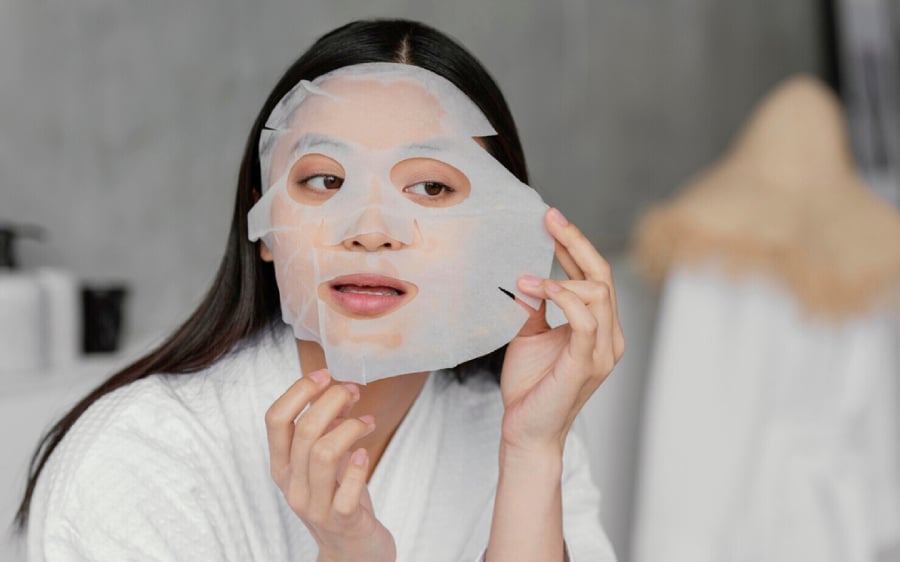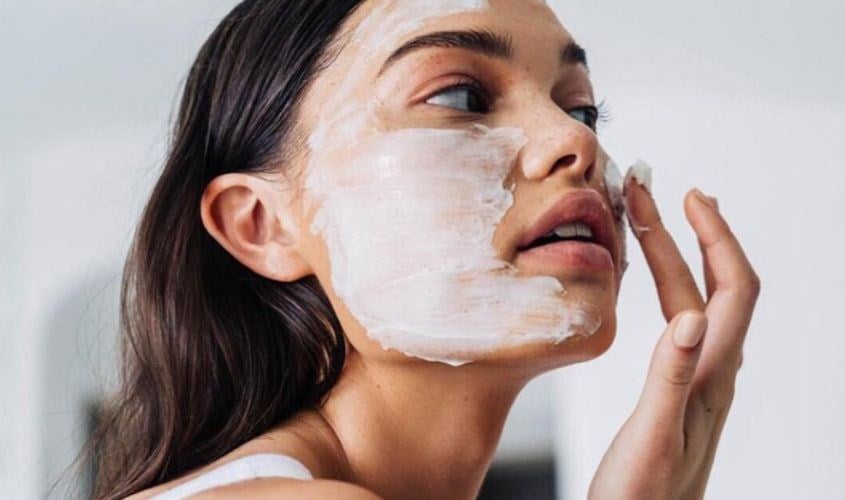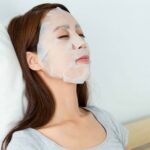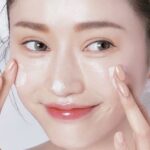Sheet Masks
You can cool your sheet mask in the fridge for an hour before application. Ensure the mask lies flat and fits snugly on your face, avoiding the eye area as the skin around the eyes is four times thinner and particularly sensitive.
Leave the mask on for approximately 15-20 minutes. There is no benefit to leaving it on longer, as your skin won’t absorb more nutrients past this point.

Leaving the mask on longer will not enhance nutrient absorption.
Gently massage your face with your fingertips or use a quartz or jade roller to help your skin absorb the mask’s nutrients better. When removing the mask, do so slowly to avoid any tugging or potential damage, as the mask may have adhered closely to your skin.
If there is excess essence, avoid rinsing your face with water. Instead, use a facial mist or toner-soaked cotton pad to remove any remaining product.
Wash-off Masks
Apply an even layer of the mask, avoiding any thin or thick patches to ensure consistent absorption. Regardless of your application method (hands, brush, spatula, etc.), maintain hygiene to prevent product contamination.
After 15-20 minutes (as directed by the mask instructions), rinse your face with warm water to remove the product, and then splash your face with cold water to tighten your pores.
Sleeping Masks
– Apply a thick layer of the sleeping mask and leave it on for 15-20 minutes before rinsing it off. This will instantly hydrate and brighten your skin, creating a smooth base for your makeup.

This mask will leave your skin hydrated, smooth, and plump, creating an ideal base for makeup.
– Alternatively, after your regular skincare routine, apply a sufficient amount of the sleeping mask all over your face. Gently massage it into your skin in a circular motion, working from the inside out. Pay special attention to the areas around your eyes and mouth to reduce fine lines. Do not rinse it off; instead, leave it on overnight.
Clay Masks
Clay masks go through three stages after application:
– When the mask is still wet, your skin absorbs the nutrients and minerals from the mask.
– As the mask starts to dry, the clay draws out impurities and deep-cleanses your pores.
– Once the mask is completely dry, it begins to absorb moisture from your skin, which can lead to dryness and irritation. Therefore, the ideal time to remove the mask is at the end of stage 2.
The Ultimate Guide to Mastering the Art of Masking: A Step-by-Step Ritual for Glowing Skin
The type of mask therapy you choose depends on your skin’s unique needs. For dry skin, a hydrating and moisturizing treatment is essential to revitalizing and nourishing the complexion. Inflamed skin will benefit from a soothing and calming mask, while a deep-cleansing option is ideal for a thorough purification.



































